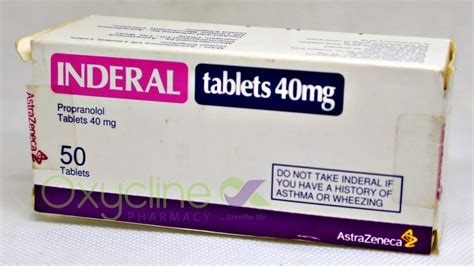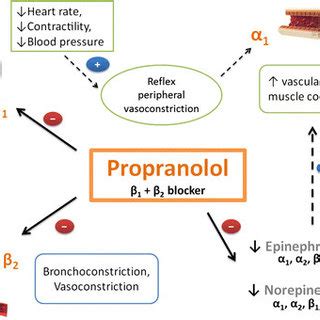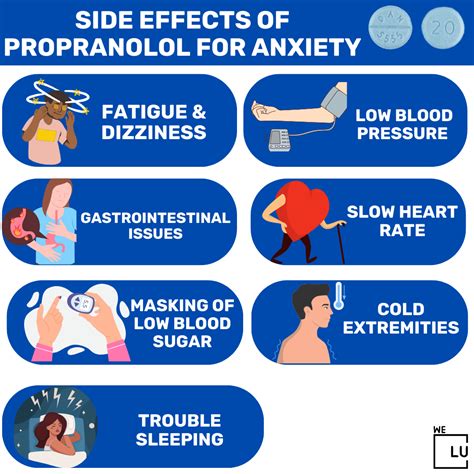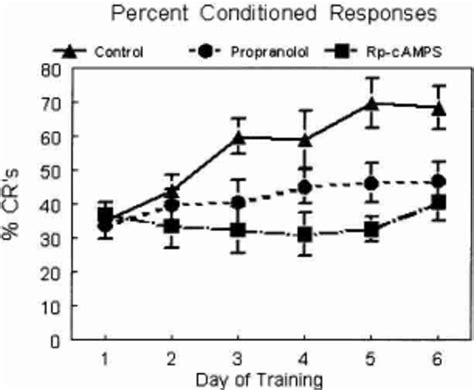Intro
Discover how Propranolol lowers blood pressure, reducing hypertension and cardiovascular risks with its beta-blocking properties, heart rate regulation, and blood vessel relaxation effects.
Propranolol is a medication that has been widely used to treat various health conditions, including high blood pressure, angina, and certain heart-related issues. The importance of managing blood pressure cannot be overstated, as uncontrolled high blood pressure can lead to severe complications, such as heart disease, stroke, and kidney damage. In this article, we will delve into the world of propranolol and its effects on blood pressure, exploring how it works, its benefits, and the potential side effects associated with its use.
Propranolol belongs to a class of medications known as beta-blockers, which work by blocking the effects of the hormone epinephrine, also known as adrenaline, and reducing the heart's workload. By slowing the heart rate and reducing the force of the heart's contractions, propranolol helps to lower blood pressure, making it an effective treatment option for individuals with hypertension. Additionally, propranolol has been shown to reduce the risk of heart-related complications, such as heart attacks and strokes, making it a valuable medication for those at risk.
The mechanism of action of propranolol is complex, involving the blockade of beta-1 and beta-2 adrenergic receptors in the heart and blood vessels. This blockade leads to a decrease in cardiac output, peripheral resistance, and blood pressure, resulting in a reduction in the workload of the heart. Furthermore, propranolol has been shown to have anti-arrhythmic properties, helping to regulate abnormal heart rhythms and prevent life-threatening arrhythmias. With its multiple benefits and mechanisms of action, propranolol has become a staple in the treatment of cardiovascular diseases.
How Propranolol Lowers Blood Pressure

Benefits of Propranolol in Hypertension Management
The benefits of propranolol in hypertension management are numerous, including its ability to reduce blood pressure, decrease the risk of heart-related complications, and improve overall cardiovascular health. Propranolol has been shown to be effective in reducing systolic and diastolic blood pressure, making it an ideal treatment option for individuals with hypertension. Furthermore, propranolol's anti-arrhythmic properties help to regulate abnormal heart rhythms, preventing life-threatening arrhythmias and reducing the risk of cardiovascular complications.Working Mechanism of Propranolol

Steps to Take Propranolol for Blood Pressure Management
To take propranolol for blood pressure management, individuals should follow these steps: * Consult with a healthcare provider to determine the appropriate dosage and treatment plan. * Take propranolol as directed, usually once or twice daily. * Monitor blood pressure regularly to assess the effectiveness of treatment. * Report any side effects or concerns to a healthcare provider. * Combine propranolol with a healthy lifestyle, including a balanced diet, regular exercise, and stress management, to achieve optimal blood pressure control.Side Effects of Propranolol

Practical Examples of Propranolol's Effectiveness
Propranolol has been shown to be effective in reducing blood pressure and improving cardiovascular health in various studies. For example, a study published in the Journal of the American College of Cardiology found that propranolol reduced systolic blood pressure by an average of 10 mmHg and diastolic blood pressure by an average of 5 mmHg in individuals with hypertension. Another study published in the European Heart Journal found that propranolol reduced the risk of heart-related complications, including heart attacks and strokes, by 25% in individuals with cardiovascular disease.Statistical Data on Propranolol's Effectiveness

Conclusion and Future Directions
In conclusion, propranolol is a valuable medication for the management of high blood pressure, offering numerous benefits, including its ability to reduce blood pressure, decrease the risk of heart-related complications, and improve overall cardiovascular health. While it can cause side effects, these can be managed or mitigated with proper medical care. As research continues to uncover the mechanisms of action and benefits of propranolol, it is likely that this medication will remain a staple in the treatment of cardiovascular diseases. We invite readers to share their thoughts and experiences with propranolol, and to explore the many resources available for managing high blood pressure and improving cardiovascular health.What is propranolol used for?
+Propranolol is used to treat high blood pressure, angina, and certain heart-related issues, as well as to reduce the risk of heart-related complications.
How does propranolol work?
+Propranolol works by blocking the effects of the hormone epinephrine, reducing the heart's workload, and decreasing peripheral resistance, leading to a reduction in blood pressure.
What are the side effects of propranolol?
+Common side effects of propranolol include dizziness, fatigue, shortness of breath, cold hands and feet, nausea, and diarrhea. It is essential to report any side effects or concerns to a healthcare provider.
